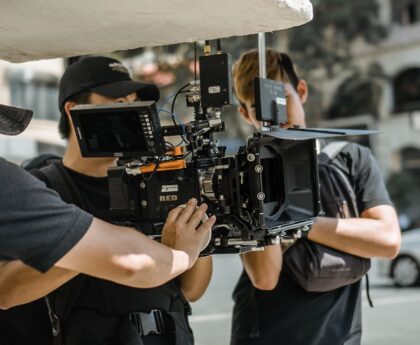The products of the American film industry – movies, cartoons, and TV series – are an integral part of the lives of citizens of any country, regardless of their age, religion, or genre preference. Most American films are about America, the setting is the United States, and the main characters are Americans. This contributes significantly to the formation and maintenance of an attractive image of the United States in the global public consciousness, spreading ideas (often idealized) about the American way of life and system of values.
Popular culture in general, and film in particular, is, in the framework of J. Nye’s concept of “soft power,” one of the three main sources of the United States’ attractiveness (the other two sources are international law and institutions, as well as American multinational corporations). Soft power itself is the ability of a state to achieve what it wants at the expense of its own attractiveness, to get other states to want what it wants. Public diplomacy, on the other hand, according to Nye, is the tool a government uses to mobilize soft power resources in order to connect with the foreign public.
Although both the implementation of domestic ideological and political confrontation in American cinema and the phenomenon of sharp criticism of government policy in the works of several American directors (e.g., O. Stone, M. Murr, etc.) provide room for academic research, in this article the author focuses solely on the use of cinema as a tool by American public diplomacy. In order to explore this topic, the contribution of cinema in shaping an attractive image of the United States in the world and the system of relations between the film industry and the American government that allows the latter to achieve high efficiency in the sphere of public diplomacy have been studied.
The chronological framework of the article covers the period from the 1940s to the present. The starting point is due to the fact that this is the time when the first close cooperation between the U.S. government and the film industry is recorded. However, the evidence base of the research, indicating the government involvement in film production, refers not to the last decades, but to the period of the Cold War, as some of the archives of that time were opened.
In order to achieve the set objectives the author investigates different sources: statements of American officials, information available on the official websites of the US government institutions, statistical studies carried out by the American Association of Film Companies, the Council of Europe and independent experts.




